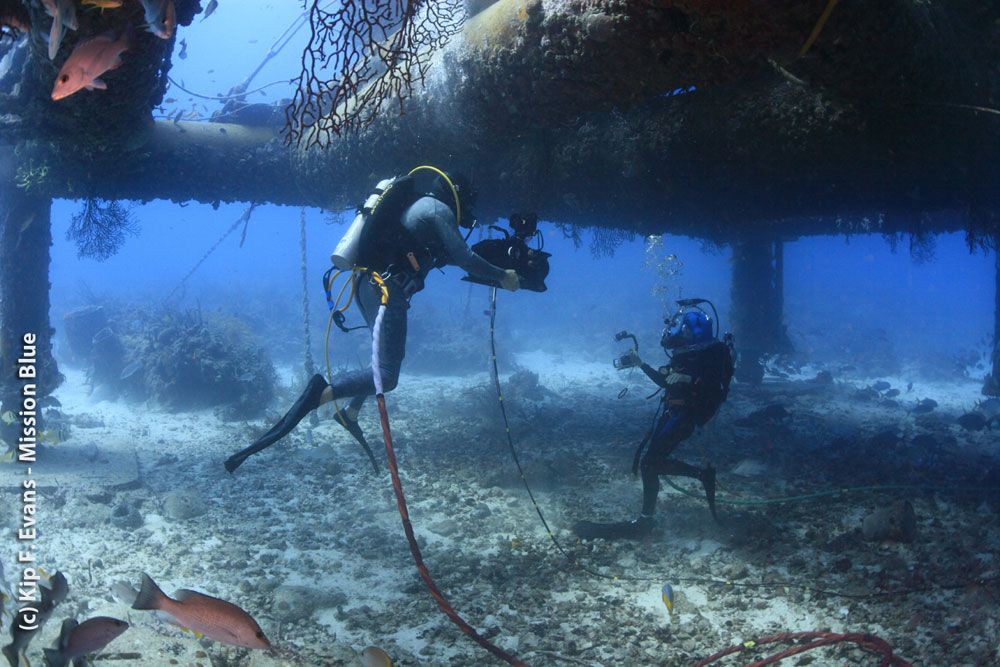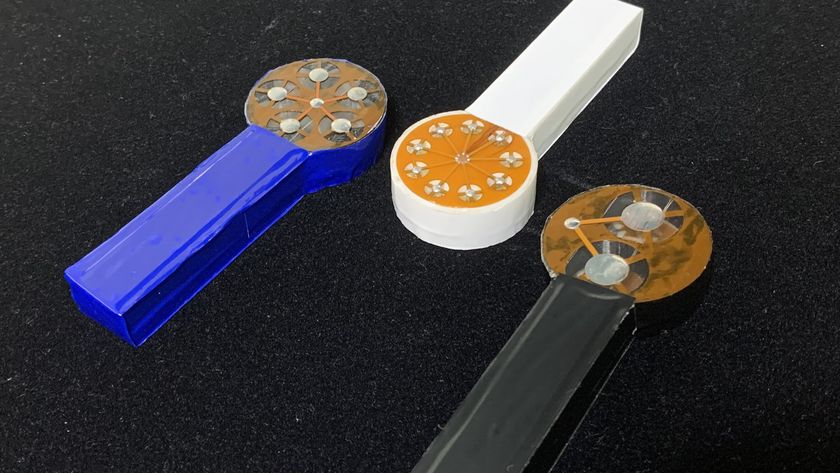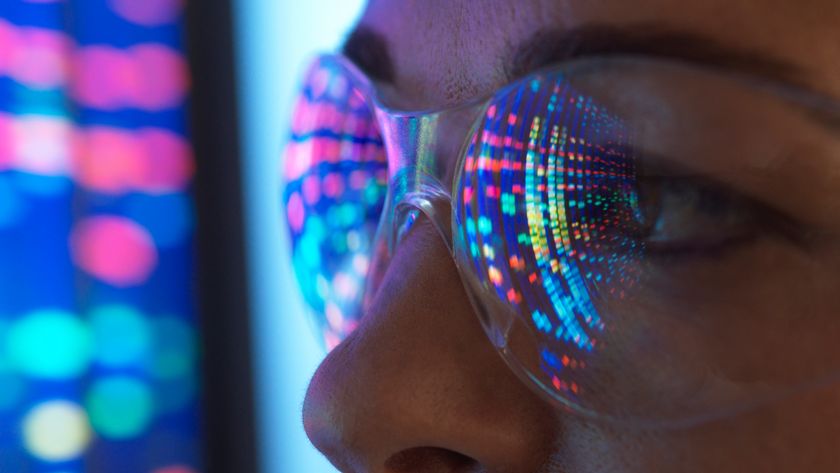
Underwater Movie Maker: Q&A With Shaun MacGillivray

Shaun MacGillivray has brought audiences to some of the most extreme environments Earth has to offer: the dizzying heights of Mount Everest, the perils of polar bear territory, and underwater to explore the seafloor.
The film company MacGillivray runs with his father, Greg — who started making surf films in the 1960s and moved into IMAX shortly thereafter — has produced 35 films in 40 years.
Oceans are among MacGillivray's passions, and OurAmazingPlanet caught up with him in Monterey, Calif., at the Blue Ocean Film Festival (held Sept. 24-30) to learn more about the challenges of his craft and the amazing things he has seen.
OurAmazingPlanet: What drives the stories you tell ? Is it the science or the entertainment?
Shaun MacGillivray: A big part of trying to raise public awareness is making sure people actually want to watch the films. That's a continual balance we have, from giant-screen films to smartphone screens. I think you need to start with the science, but tell it in a unique way. Over the last three years, we wanted to do something more for a passionate cause, and that's the ocean. So we helped launch One World One Ocean (http://www.oneworldoneocean.com/), a 10-year environmental campaign from IMAX to iPhone to inspire people to protect the oceans. We first talked with the most highly esteemed scientists in the community, like Sylvia Earle, and we felt like a big problem is just ignorance — so few people know about the problems of the oceans.
OAP: What have you done so far?
SM: One of the most exciting things we've done is doing a public awareness campaign around the Aquarius Reef Base off the coast of Florida. We filmed NASA training for an asteroid mission underwater, and that they can use that facility as a way to do science and training. We brought cinematographers together and a team, and for a week straight we made online videos and pitched them to media outlets.
Sign up for the Live Science daily newsletter now
Get the world’s most fascinating discoveries delivered straight to your inbox.
OAP: How tough is it to actually work an IMAX camera underwater? SM: There's no way around it: Working underwater is difficult. The reason why we do it is that the quality is so much better. IMAX gives 10 times higher resolution than traditional HD, and five times better than the best available digital capture. When you're looking at a movie on an eight-story-tall screen, that quality matters a lot. But because you're using such big film, the camera weighs 200 pounds and sometimes up to 1,000 pounds [90 kilograms and 450 kg].
OAP: Plus you've got all the equipment and limitations of diving…
SM: Right. And you also only have 3 minutes per roll before you have to come up and change film, which costs $1,000 per minute. Despite the challenges, we do it, and we're one of the few who will still go out there.
OAP: Since you grew up with a filmmaker father, did you ever want to do anything else?
SM: Luckily for me, I got to go on incredible film shoots around the world starting when I was really young. And I don't think I appreciated it, but I do now. I caught the film bug at an early age. I loved seeing the films develop, and I really loved being inside theaters with school kids who were being transported to Palau or the Great Barrier Reef or to Everest in a way that many of them would never be able to go. I saw that the films captivated their wonder about the natural world.
OAP: What is the toughest environment you've ever filmed in? SM: The Arctic. When we made "To the Arctic," we were in the field for four years, eight months per year. In Svalbard, Norway, we found this mother polar bear and two cubs and really got a sense of what it's like to be in that environment. Probably the most heart-wrenching moments of the film were watching the mother polar bear stand her ground when a male polar bear came to attack her cubs. And even though he was twice as big as she was, the male polar bear backed down. [Images: Endangered Polar Bears]
OAP: Why do you love IMAX?
SM: I love it because it's so immersive. It's difficult to find in your living room, but when you see it on a huge screen and your peripheral vision is taken up, you really feel like you're there. It's also the storytelling — you can tell great stories and change people's behaviors on a different level.
OAP: What is one important thing people don't know about the oceans?
SM: We get more than 50 percent of our oxygen from the oceans. Most people think it comes from the rain forest, but it's not true. We've also lost about 90 percent of the big fish [in the ocean] — and what happened to them? We ate them. When I first found these facts out, it was astounding. Being storytellers, we have to be positive and optimistic and hopeful about the future. We think that many people will feel they have a moral imperative to do something once they know the oceans are our lifeblood.
This story was provided by OurAmazingPlanet, a sister site to LiveScience.












